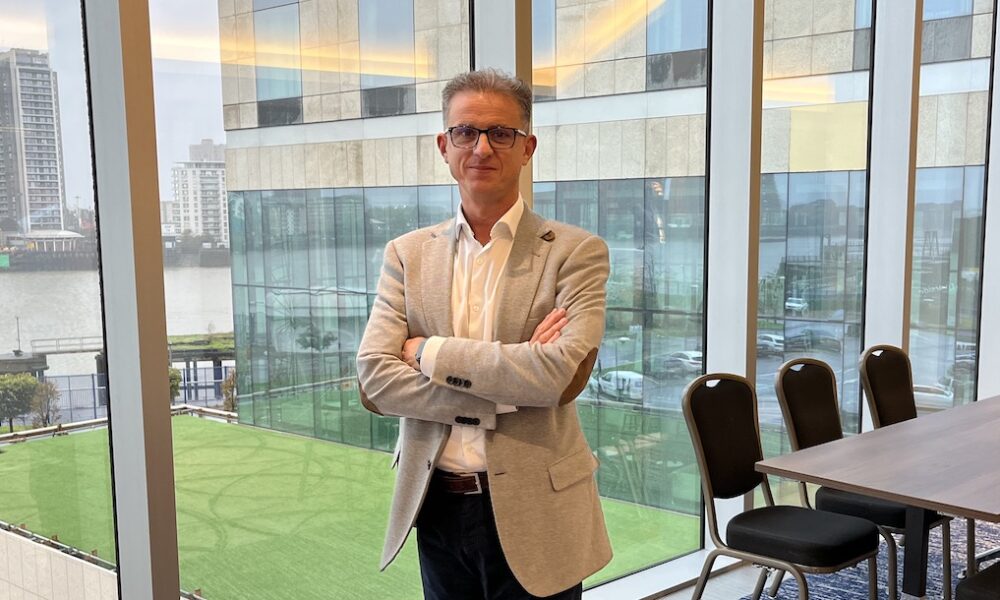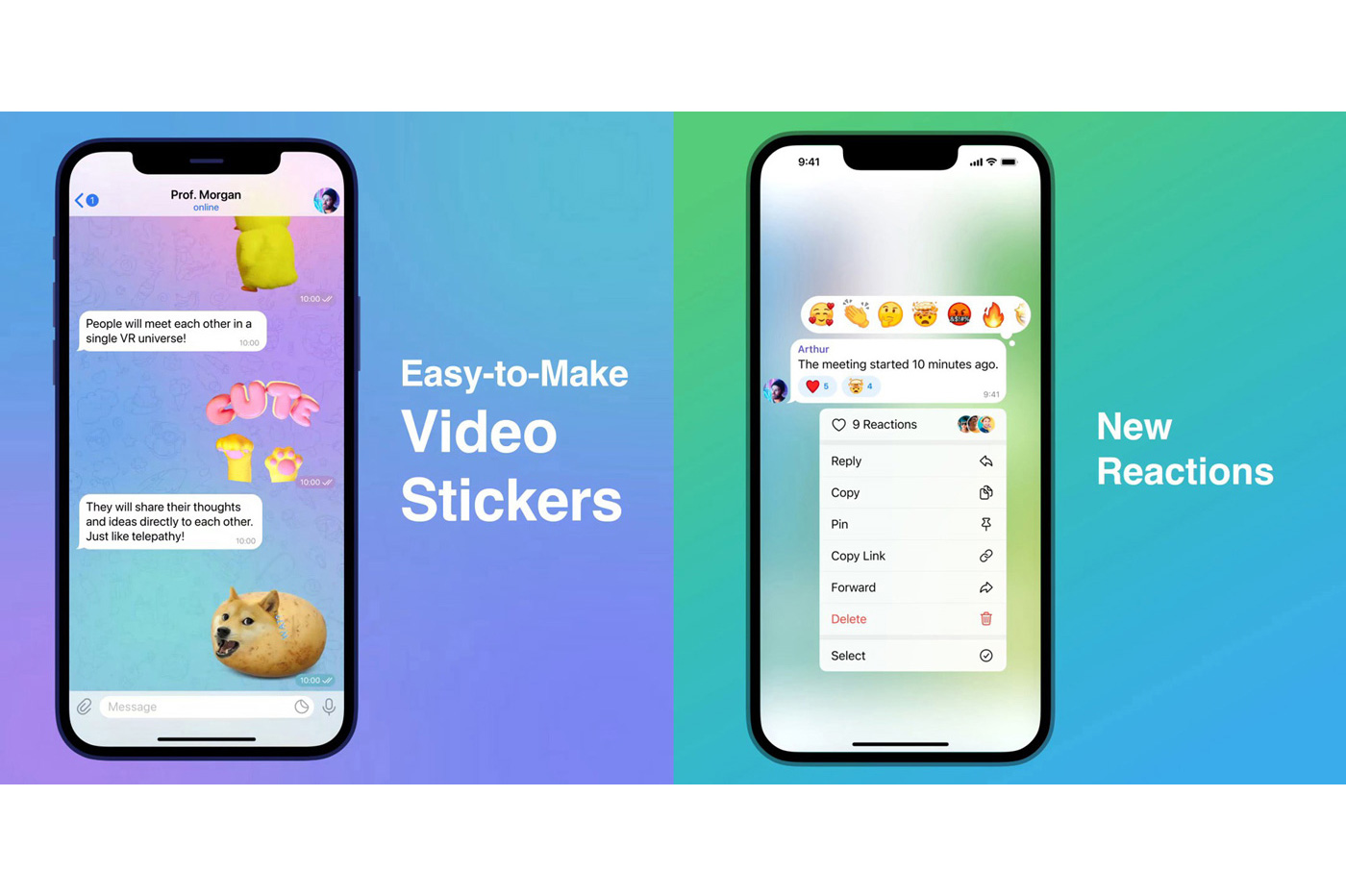
That low-code is more than just a trend, we see it not only because more and more companies are betting on these technologies to speed up the development of applications, but also because public administrations have discovered on platforms such as Appian, a Essential ally to streamline all kinds of bureaucratic processes such as benefits management, citizen service, development of internal processes, etc.
Precisely, about how public entities are managing to do more with less and above all, in record time, we have had the opportunity to chat with Joaquín Ferrer, Industry Leader, EMEA Public Sector Appian Iberia. Our meeting took place within the framework of Appian Europe 2022, in which the company showed the world its new Data Fabric capabilities. This is what he has told us.
[MCPRO] At what point do you think low-code is in public administrations?
[Joaquín Ferrer] I believe that we are in an emerging moment, but I believe that an interesting rate of growth is being reached. Already last year, as a result of COVID, some administrations began to think about how they could streamline processes, develop applications that would allow citizens to be served more quickly.
This year we have seen that there has been great growth, with many opportunities, many public specifications in which the use of this type of platform was required… and I think that we are in a trend that will continue to grow, with 2023 being even more interesting.
[MCPRO] In fact, you already have success stories related to the use of low-code in the Administration.
[Joaquín Ferrer] Yes, in fact we have a case with Social Security that began with the development of the Minimum Vital Income. From the moment the announcement is made until it is necessary to put it into operation, a maximum of three weeks had to elapse.
If they had had to do this process with their traditional systems, modifying what they already had, they would actually have needed a minimum of six months. When we started talking to them, we made a more tactical decision at first, since there are many things that can be done with automation and low-code…so we went with what allowed us to be more agile from the beginning and that allowed us to meet that deadline.
Once we started it up, we saw that we were complying on time and that this type of aid could be processed for citizens, we made the decision to study how to extend it to other areas. There are many other benefits that can be managed in this way and no longer in a tactical way, but in a system that is sustainable and maintained over time.
There we began to use low-code and our entire automation suite to create a new benefit that would serve as a model for the rest of the more than 200 that Social Security has. It is the step in which we find ourselves at the moment, and we are already working with some such as maternity, in others that tend to be the ones that change most frequently… or in which a larger audience is reached.
[MCPRO] What type of projects are the most in demand for this type of institution?
[Joaquín Ferrer] There are three main areas that are being worked on. The first is how to ensure that citizens can act in a more agile way with the Administration: that is, everything that has to do with contact with the citizen, registration, interaction… In the end, the offices are used less and the citizens We want to work a bit as we are used to doing in the private sector, not only online, but also to be comfortable with the mobile, with the tablet, etc. to ensure that any procedure can be started without any paper.
The second point is that public employees have the best tools. Tools that allow them to be more agile and make it easier for them to optimize their time. Above all because in countries like Spain, public employees are older and are retiring… and it is a problem. Knowledge today resides in them, they have a very high degree of specialization and knowledge of the procedures. That it is possible to transfer it to the systems and that this allows the new generations to gain agility and be able to allocate time to tasks with more added value is key.
And the third point is equally vital. Beginning to modernize current systems. They are systems that are many years old, some built on programming technologies such as COBOL or AS400. Finding technical professionals capable of working with these languages is quite complicated. And that they are old systems. The INSS has an important system legacy that supports 27,000 users and all citizens. It manages almost 10 million euros daily…and still works with these legacy systems. But of course, if I have to make a change because a new European regulation comes into force, for example, having to wait six or eight months to implement it is not viable.
So we see that the opportunity is there. And we are seeing it in specifications in which what is required are technologies that allow applications to be developed in weeks, or in a few months.
[MCPRO] That permeability that occurs in the private sector between IT and business, I don’t know if it is occurring in the public sector, where regulation is perhaps greater and I don’t know to what extent technology comes out of the technological department.
[Joaquín Ferrer] I think it works more or less the same. It is true that we do not talk about business as we would in the private sector, but there is functional knowledge. In the end, what low-code allows is programming in a visual way, so I don’t think there is resistance as such in the Administration in that sense.
Logically it is a new way of working and requires that it be explained, that everyone understands how this process will be. On the other hand, from the point of view of the end user, specific training is not even required. You will be the user of one more system. As for the technical people of the administrations, being trained or certified in a platform like Appian takes maybe a month and a half. They are platforms and languages that are easy to use. The transition to these new platforms is very fast. So overall, users are receiving it well and they like it.
[MCPRO] Another issue that may concern system administrators when talking about low-code is how to establish a governance framework for the data between the different departments, users…
[Joaquín Ferrer] Normally what is interesting is that all this is orchestrated through centers of excellence, or government centers that are in charge, in the first place, of defining what the best practices are going to be; but also how the architecture is going to be or how the different initiatives are going to be implemented so that they are properly coordinated.
So that these development initiatives, whether internal, external, or from other areas of the Administration, assume that they all work in the same way, so that all this can be followed up and verify that what was proposed from the start principle works.
These centers are very useful because they help to orchestrate all the projects that will take place within the organization and that the different initiatives continue to be sustainable over time, regardless of whether the specifications or the people who are part of the organization change.
[MCPRO] Which leads us to talk about compliancehow we migrate the code if necessary and standards…
[Joaquín Ferrer] But in reality it is something that happens with any large platform on the market, be it a SaaS or an ERP or anything else… migrating the code on a proprietary platform is never easy. And it is true that there are technologies that allow you to migrate, but in reality a refactoring of the architectures is also required, so it is not so simple.
What do we do? First of all, we work with an open standards model. The low-code is to program visually and it is programmed by designing in BPM models, which is standard. Therefore, all the definition of your processes will be perfectly documented and not only on paper, but also in digital form. And then although we have our own programming language, it is actually heavily based on Java, which greatly facilitates any migration to another environment.
Also because what we offer is an open architecture, so all the code is owned by the client. This is something key for any organization.
[MCPRO] Appian doesn’t usually like to talk about No-Code much. And it is a movement that is going further, although it may not be the most appropriate for all scenarios.
[Joaquín Ferrer] It’s not that we don’t like it. But the reality is that we are focused on solving complex challenges. We like to develop complex applications and answer complex business problems. And these types of problems cannot be solved with No-Code solutions as we have become accustomed to on some occasions.
But even so, one wonders how much programming is involved in projects that are actually very complex. We’ve had clients develop mission-critical applications using as little as fifteen lines of code. In such a complex system you won’t be able to solve many problems with zero lines, but of course with low-code you save weeks of work.
In the environment in which we operate, which are mission-critical applications for workloads, especially in the public sector, we find that No-Code tools are not in this spectrum, but in much simpler scenarios.




